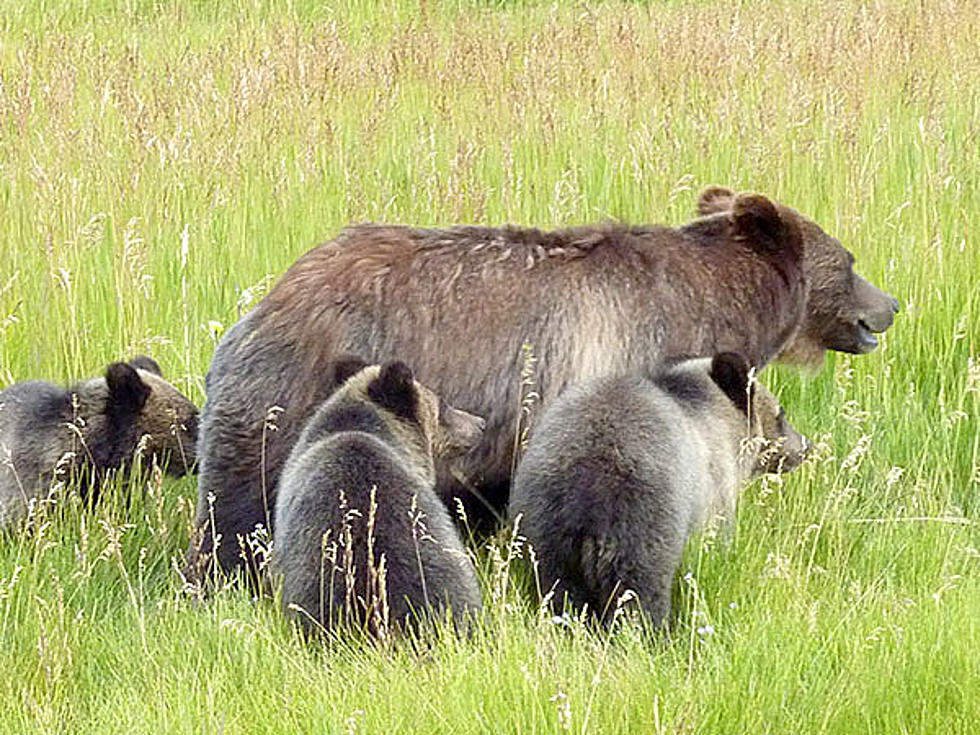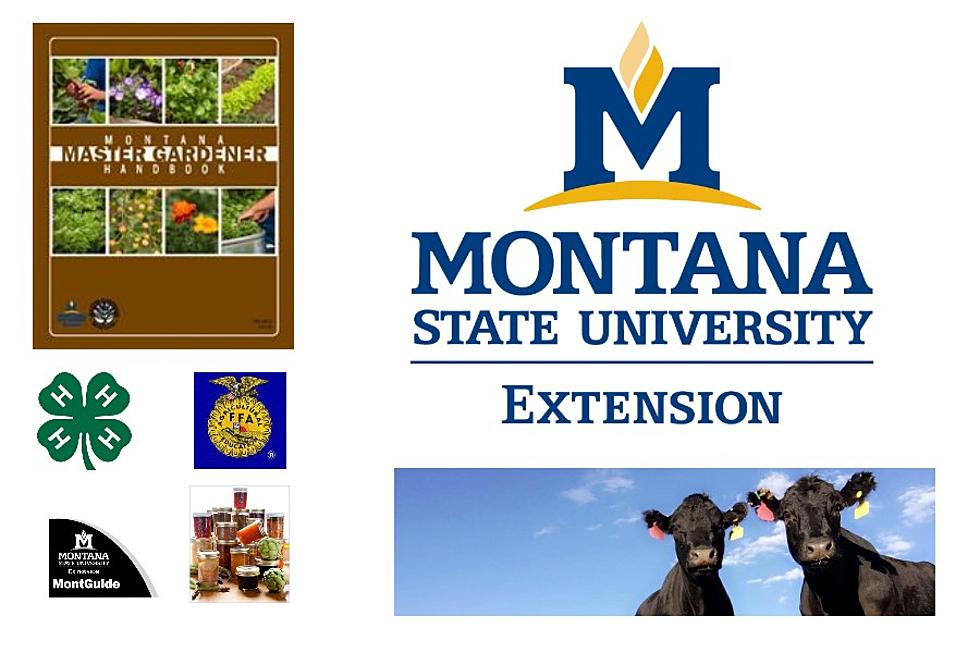
MSU Extenion: Field Tour at Conrad July 8th.
BOZEMAN – Mixed species cover crops, or "cover crop cocktails," are the focus of a study by researchers at Montana State University and will be the topic of a field tour on July 8 from 9-11 a.m., near Conrad, Montana. The four-year study, funded by USDA Western Sustainable Agriculture Research and Education (WSARE), is a collaborative project with Montana producers looking at cover crop mixtures as a partial replacement of fallow in rain-fed cropping systems.
Growers have expressed interest in using cover crops to improve soil health. Cover crops increase soil organic matter which improves water holding capacity and nutrient availability, and they provide other potential benefits such as reduced erosion.
Until recently, the focus of cover crop research has been on single species legume cover crops as a soil building tool. "A goal of this study is to find out whether mixed cover crops add any benefits beyond those provided by legume monocultures, and what works and does not work well for our production systems," said Clain Jones, Extension soil fertility specialist at MSU.
Seed mixes with species from four groups of plants are being compared with fallow and a single-species legume cover crop. The groups were selected to address soil quality issues specific to farming in the northern Great Plains. They include species that fix nitrogen to reduce nitrogen fertilizer inputs, provide ground cover to reduce weed establishment and evaporation, have deep tap roots to minimize compaction and help water infiltrate, or have fibrous and extensive root systems to increase organic matter and promote aggregation.
More From K96 FM









